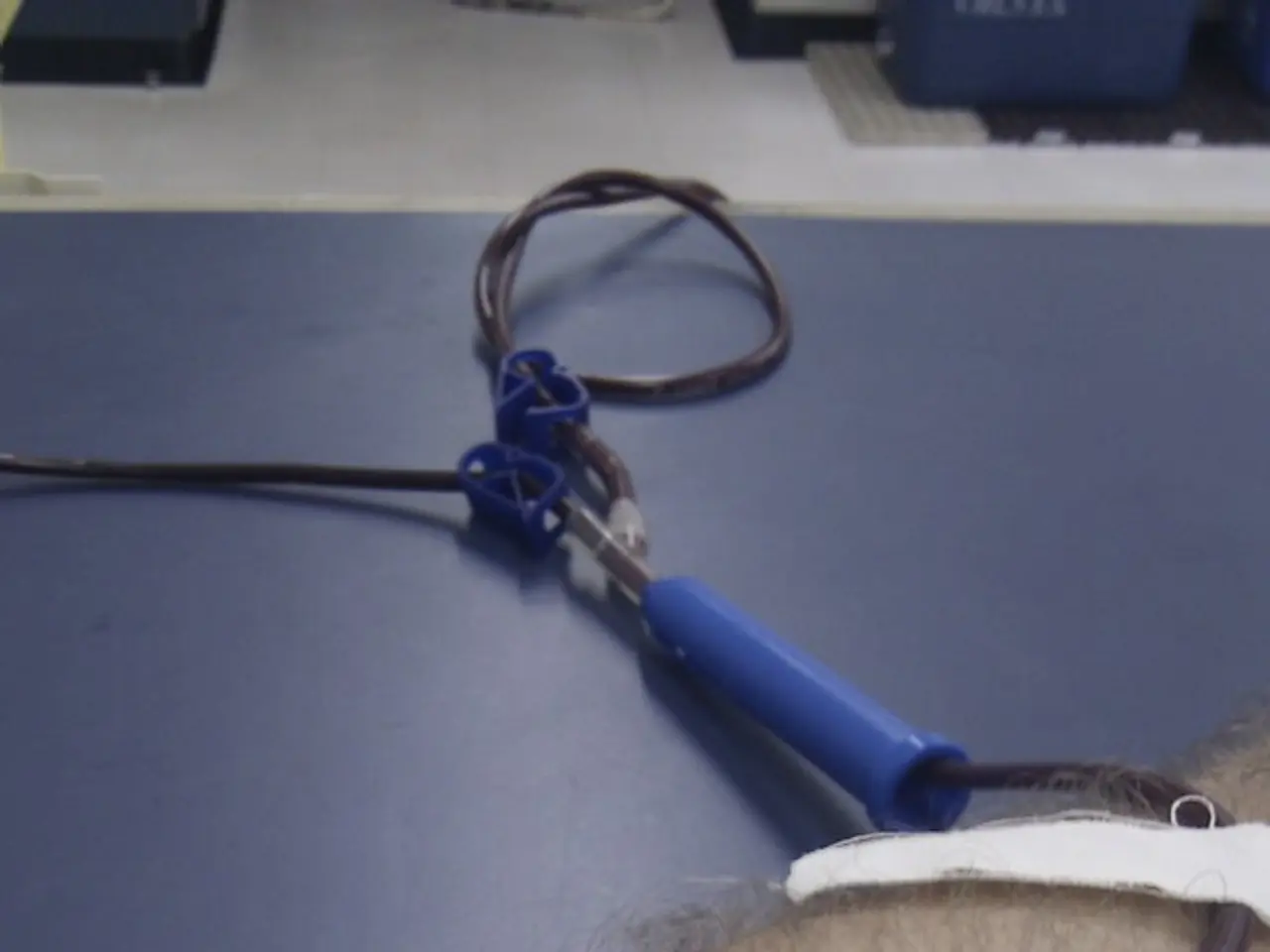Angioedema Inheritance: Classification, Therapies, and Additional Information
Hereditary Angioedema (HAE) is a rare, genetic condition that affects an estimated 1 in 10,000 to 1 in 50,000 people. This condition, which primarily presents before the age of 13, causes recurrent, severe swelling in various parts of the body, including the hands, feet, face, genitals, buttocks, and upper airway.
The two main types of HAE are type 1 and type 2. Type 1 accounts for nearly 85% of all cases, while type 2 accounts for 15%. Type 1 occurs when a person has low levels of C1 inhibitor in their blood, while in type 2 cases, a person's C1 inhibitor level is normal or close to normal, but the protein does not function properly.
HAE management involves a range of treatment options, including acute attack treatments, long-term prophylaxis, and emerging therapies.
Acute attack treatments include replacement with C1 inhibitor (C1-INH) concentrates, either plasma-derived or recombinant, which is a first-line treatment for acute attacks in HAE types I and II. Kallikrein inhibitors, such as ecallantide, can also be used to treat acute attacks. Icatibant, a selective bradykinin B2 receptor antagonist, is approved for treating acute HAE attacks and provides symptom relief by blocking bradykinin-mediated swelling. Fresh frozen plasma can be used if C1-INH concentrates or kallikrein inhibitors are unavailable.
Recently, sebetralstat (Ekterly), an oral plasma kallikrein inhibitor, was FDA-approved as the first oral on-demand treatment for acute HAE attacks in patients aged 12 and older. This oral option provides rapid symptom relief and improves ease of treatment compared to injectable therapies.
For long-term prevention, C1-INH replacement can be used. Investigational therapies include donidalorsen, an antisense oligonucleotide targeting prekallikrein mRNA, administered subcutaneously every 4 to 8 weeks, reducing attack frequency. NTLA-2002, a CRISPR/Cas9-based one-time gene editing therapy under development, aims to inactivate the KLKB1 gene responsible for producing kallikrein, with the goal of permanent prevention of attacks.
People with HAE who are pregnant should discuss their treatment options with their doctor. Swelling around the throat can be a life-threatening emergency, and medications such as epinephrine, antihistamines, and corticosteroids are ineffective for HAE treatment. Emotional stress, physical trauma, and spontaneous episodes can trigger HAE symptoms.
Swelling of the abdomen can cause additional symptoms such as pain, diarrhea, and vomiting. Swelling of the skin, abdomen, or throat can cause discomfort, disfigurement, and pain. HAE can be life-threatening without treatment.
HAE with normal C1 inhibitor, also known as estrogen-dependent or type 3 HAE, is a rare and not fully understood type that primarily affects natal females.
Seven medications are currently used to treat HAE: Berinert, Cinryze, Haegarda, Ruconest, Firazyr, Kalbitor, and Takhzyro. Parents or caregivers should discuss the possibility of their child having HAE with their doctor, particularly if one or both biological parents have the condition.
Despite the challenges, advancements in treatment and research offer hope for those living with HAE. Awareness and early diagnosis are crucial in managing this condition effectively.
- Hereditary Angioedema (HAE) is an uncategorized medical-condition primarily affecting individuals genetically, with an estimated prevalence of 1 in 10,000 to 1 in 50,000 people.
- The condition chiefly presents before the age of 13, causing recurrent, severe swelling in various body parts including skin-care areas like hands, feet, and face.
- For individuals living with HAE, various treatment options are available, ranging from acute attack treatments like C1 inhibitor (C1-INH) concentrates to emerging therapies such as sebetralstat, an oral plasma kallikrein inhibitor.
- It's essential for parents or caregivers to discuss the possibility of their child having HAE with a healthcare professional, especially if both biological parents have the condition, as it might lead to the early diagnosis of othergenetics cases.




